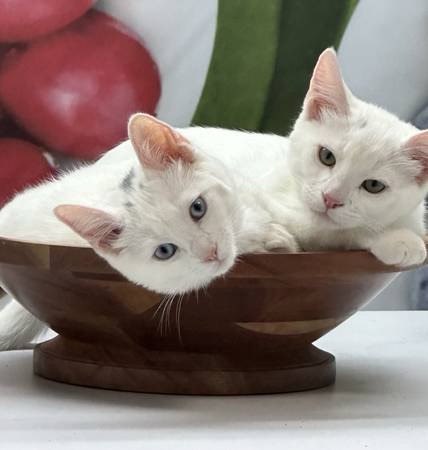
How to Make Clove Tea
Recipe by GennysserClove Tea Recipe
2
servings15
minutes15
minutesINGREDIENTS YOU WILL NEED
1 tsp 1 cloves
3 cups 3 water (filtered or distilled)
1 tsp 1 agave nectar or any honey of your choice
INSTRUCTIONS
- Add the cloves and water into a saucepan.
- Bring the water to boil and allow the ingredients to boil in low heat for about 4-5 minutes.
- Turn the heat off and let it stand for an additional 4 minutes.
- Strain the tea from the pot to a cup using a tea or coffee strainer.
- Add the agave nectar or honey and stir.
Benefits of Clove Tea
(Syzygium Aromaticum)

This cloves tea recipe will have a positive action on the stomach. Clove tea may be used as a traditional remedy in conditions such as nausea, indigestion, gas and bloating. Not only you’ll be enjoying this warm hearting tea, but you will also reap all its benefits. Clove can bring relief in gastroenteritis, and may counter infection.

Clove Benefits

A Potent Antiseptic: Clove can prevent foodborne infection and food poisoning. It is worth trying for irritable bowel syndrome, where it may reduce nerve sensitivity within the gut easing spasm and urgency.
Anti-inflammatory: Cloves contain compounds, and specifically one known as Eugenol, which have anti-inflammation traits that could help reduce bodily inflammation.
Clove for Cough and Respiratory Health: Cloves have been traditionally used for respiratory health such as cough and asthma. It contains expectorant properties that may help with breathing better.
Nutrient Rich: Cloves are packed with important nutrients such as manganese, vitamin K and dietary fibers.
Cloves are flower buds that come from the Syzygium Aromaticum tree. These little buds are used widely and serve a purpose for many traditional medicines. Cloves are originally from the Molucca island of Indonesia and the southern Philippines. They’re grown extensively in Tanzania and Madagascar.
If you liked this recipe, I encourage you to try my Sage Tea Recipe.
About Me
And I love making Healthy Drinks Recipes! Here you will find easy and delicious recipes that are just so good for your body and mind!



